Across the roads and historic landmarks of Con Dao district (Ba Ria - Vung Tau province), dozens of ancient tropical almond trees (cây bàng), each more than 100 years old, have been officially recognized as heritage trees of Vietnam. Revered as silent witnesses of the island’s turbulent past, these trees have become living symbols of its sacred legacy.
Beyond visiting the famous historic sites, many travelers to Con Dao make time to admire the grand almond trees lining streets such as Ton Duc Thang and Le Duan.
These trees, some over a century old, have stood alongside the island’s residents through countless historical upheavals. Their presence has become emblematic of Con Dao’s spiritual and cultural identity.
According to the Con Dao Center for National Monument Conservation, 53 ancient tropical almond trees across the district were recognized as Vietnamese heritage trees in 2012. Most of them date back to the era when the French colonial government began constructing the Con Dao prison system in 1862.
The almond trees in Con Dao are a native forest variety. Their leaves and fruits are noticeably larger than those of mainland varieties. The trunks are rarely straight, instead leaning dramatically, marked by burls and thick limbs. Locals believe that, having endured decades of intense sun, rain, and coastal storms, these trees have developed darker foliage, broader trunks, and more textured, gnarled bark than their inland counterparts.
Each tree has been numbered by local authorities for management. Some trunks are so massive that it takes two or three people linking arms to embrace them fully.
According to testimonies from former Con Dao political prisoners, many recall eating almond leaves to stave off hunger. When allowed to step outside, they would secretly pluck tender leaves or green fruits, hiding them on their person or in their mouths to later share with fellow inmates inside the prison.
Today, the fruits of these trees are still part of local cuisine. Roasted almond nuts and preserved almond treats have become notable Con Dao specialties.
Besides the tropical almond, Con Dao is home to many other ancient species, including golden shower trees (điệp vàng), wild persimmons (thị rừng), and crepe myrtles (bằng lăng), all of which have been recognized as national heritage trees.
Nguyen Thi Hanh, a 57-year-old visitor from Ho Chi Minh City, shared, “Each time I visit Con Dao, I always stop beneath these almond trees, just to reflect on the island’s deep and painful history.”
Today, Con Dao is not only a place for remembrance and reflection but also a well-known destination for spiritual tourism, nature conservation, and tranquil retreats. With its historical sites, cemeteries, and the famed Con Dao National Park, it draws tens of thousands of visitors annually seeking connection with both history and nature.
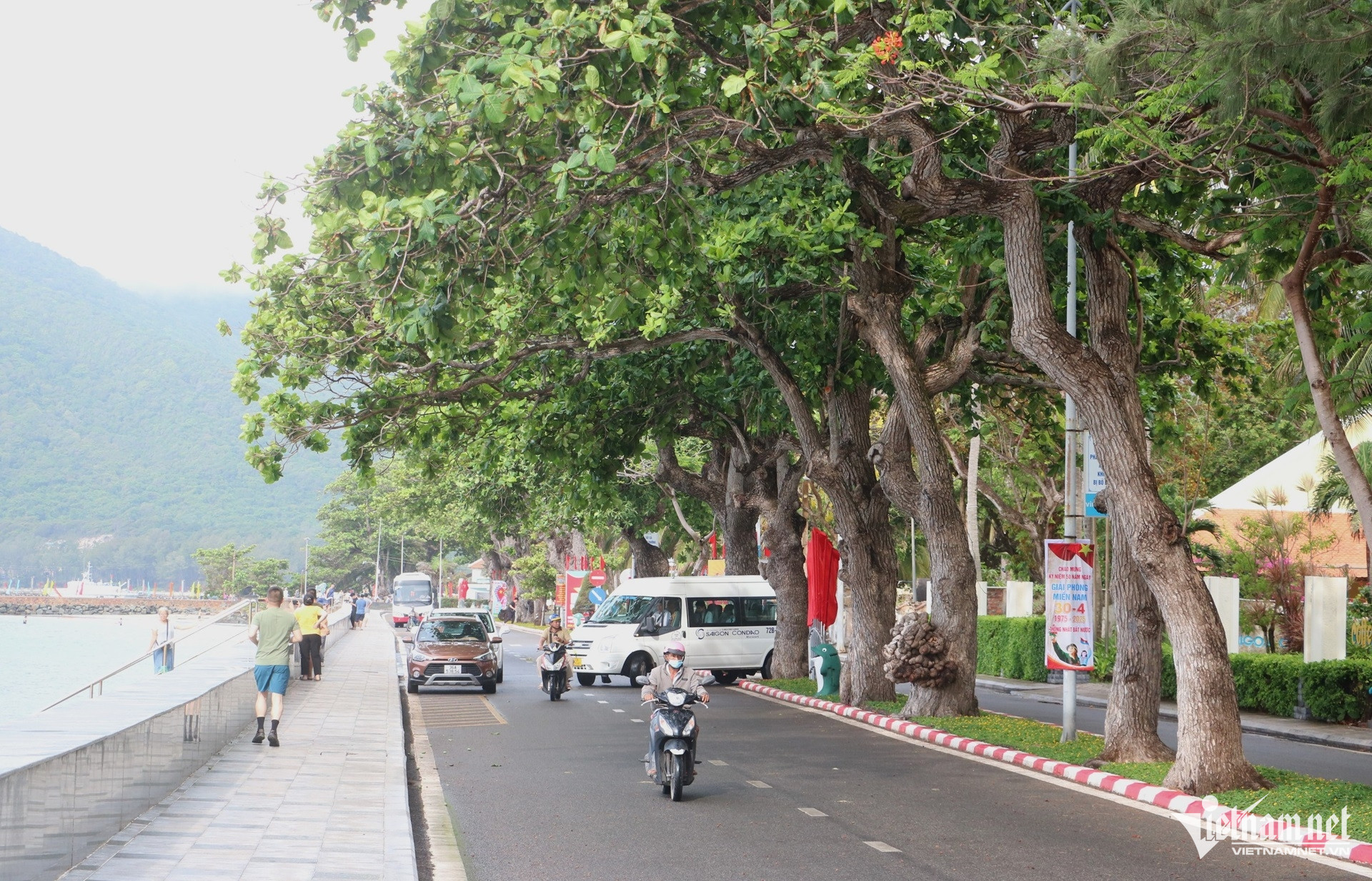
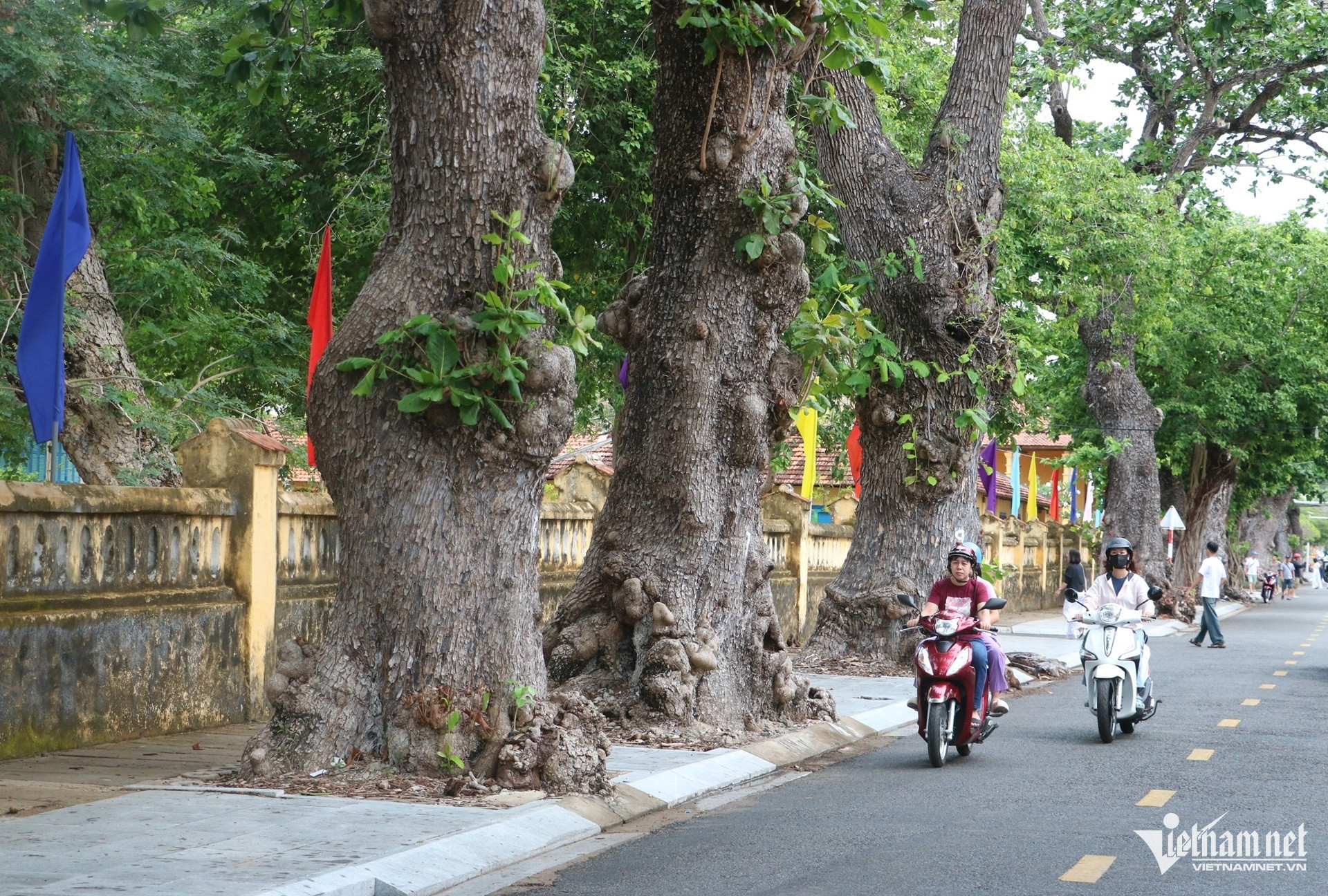
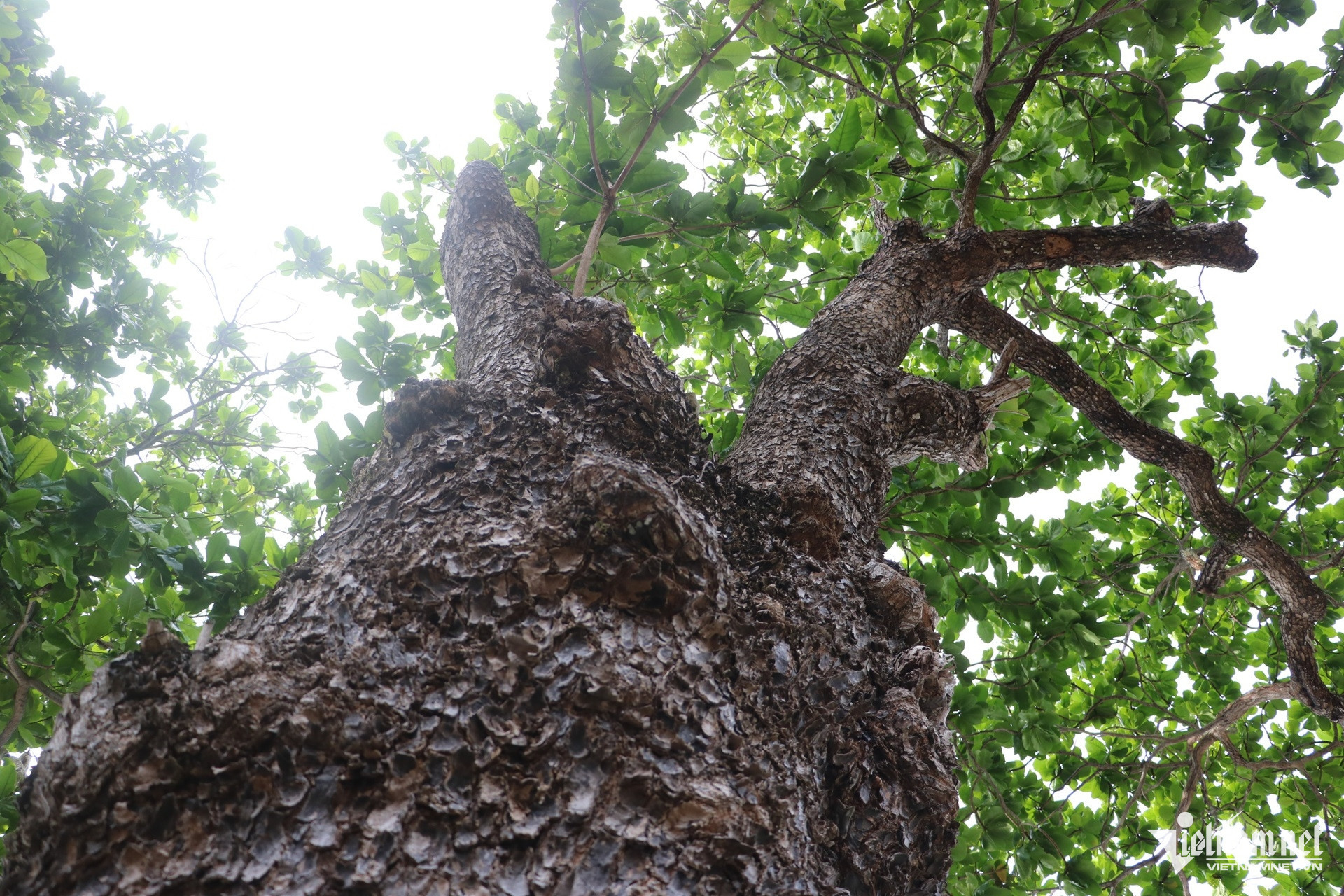
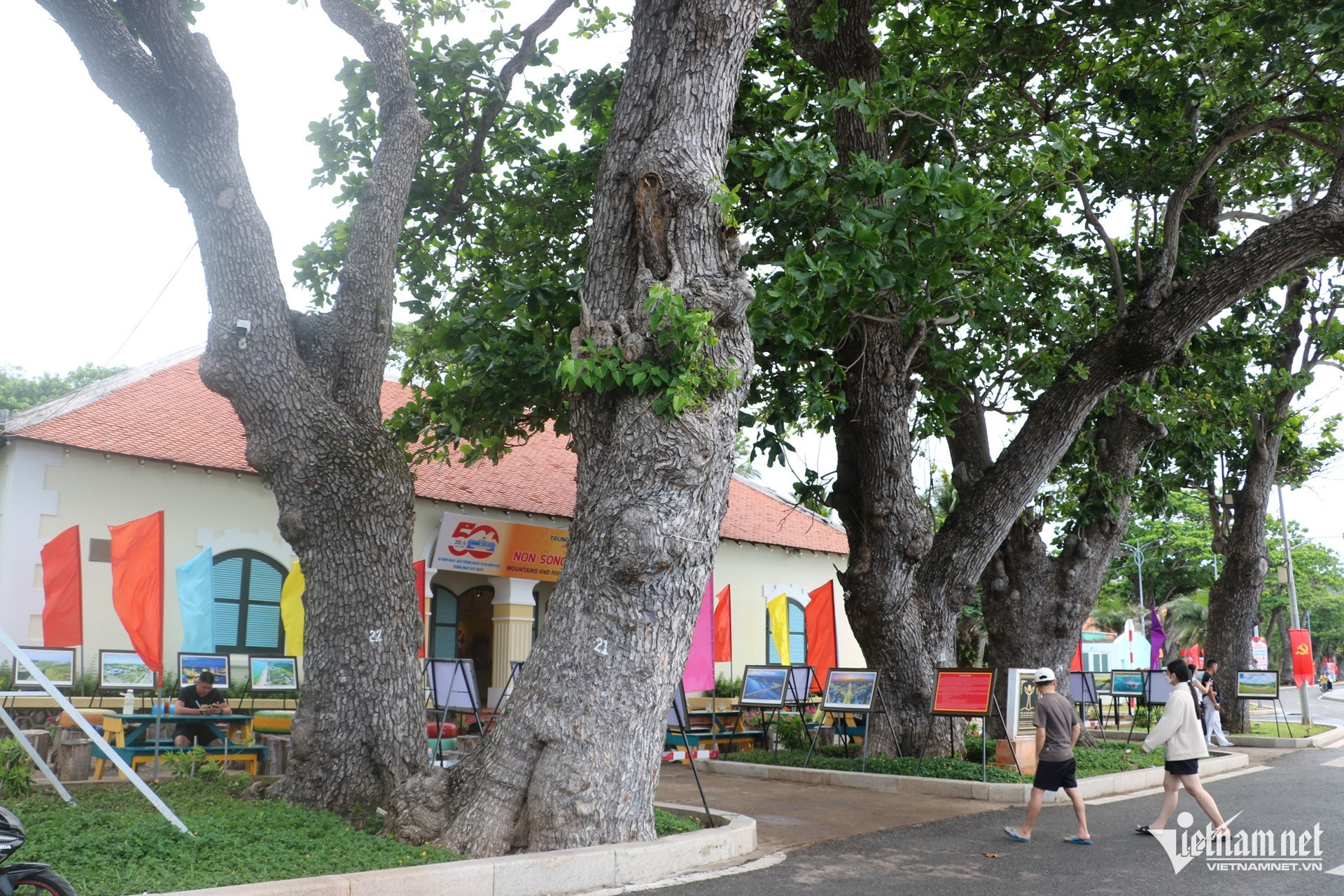
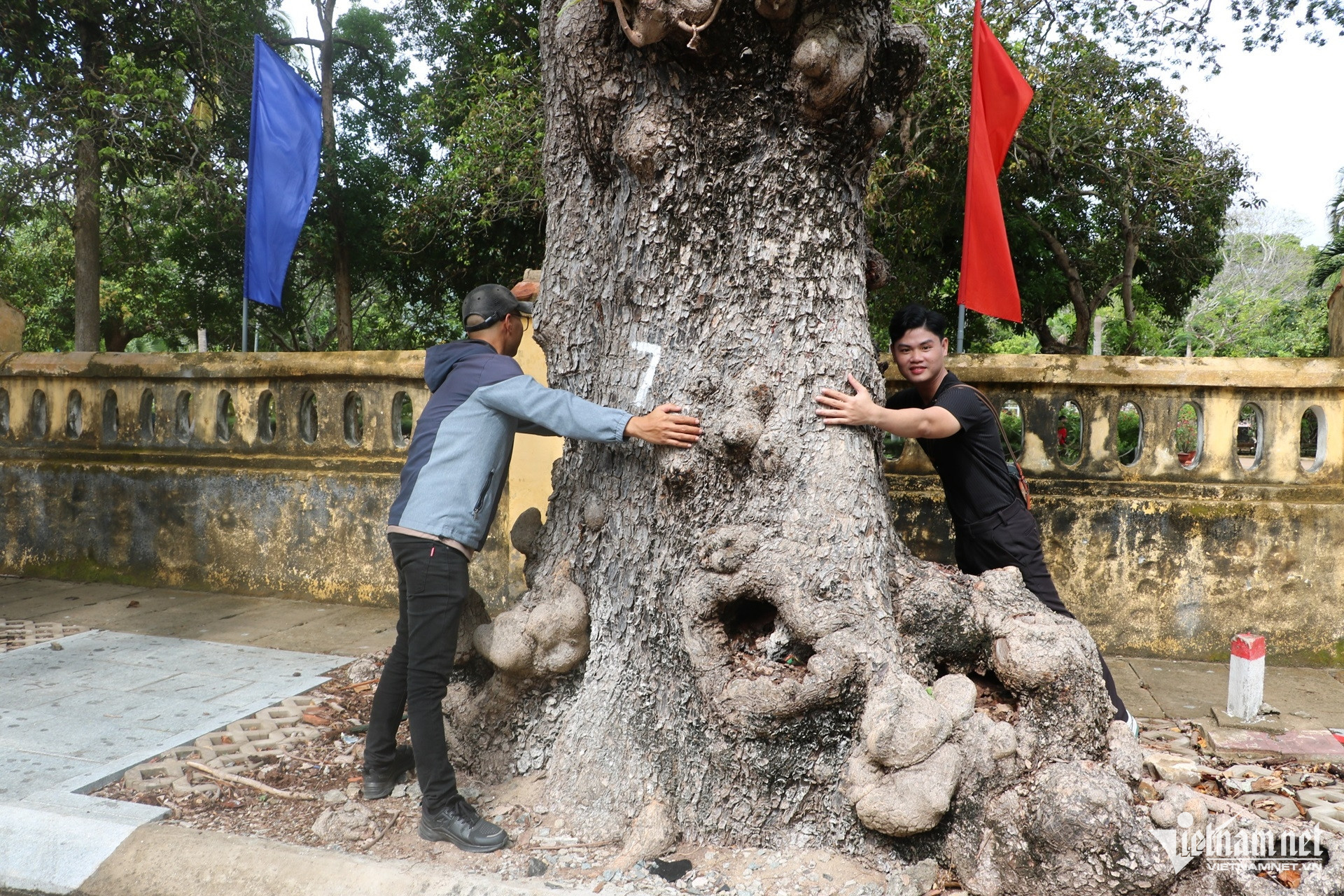
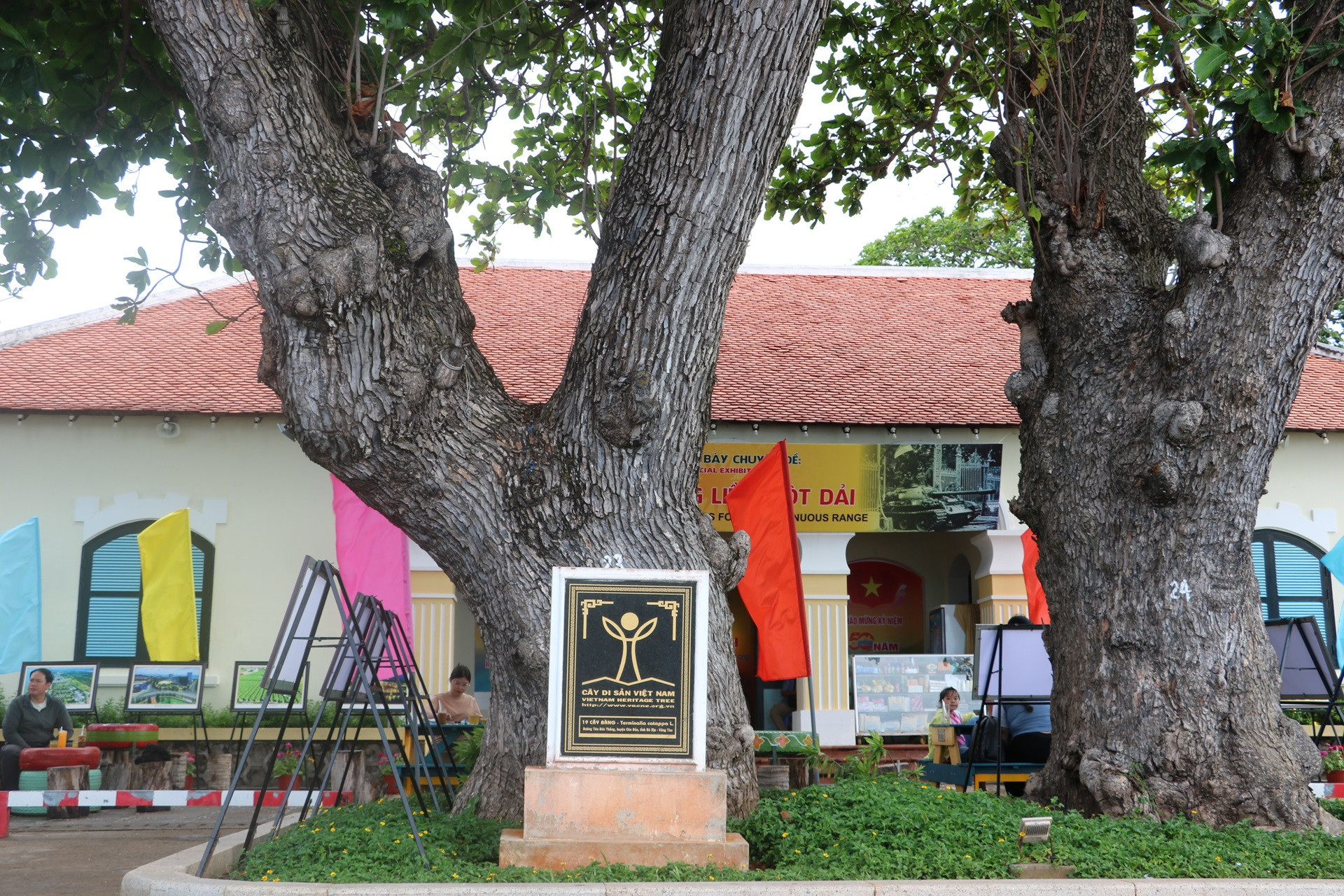
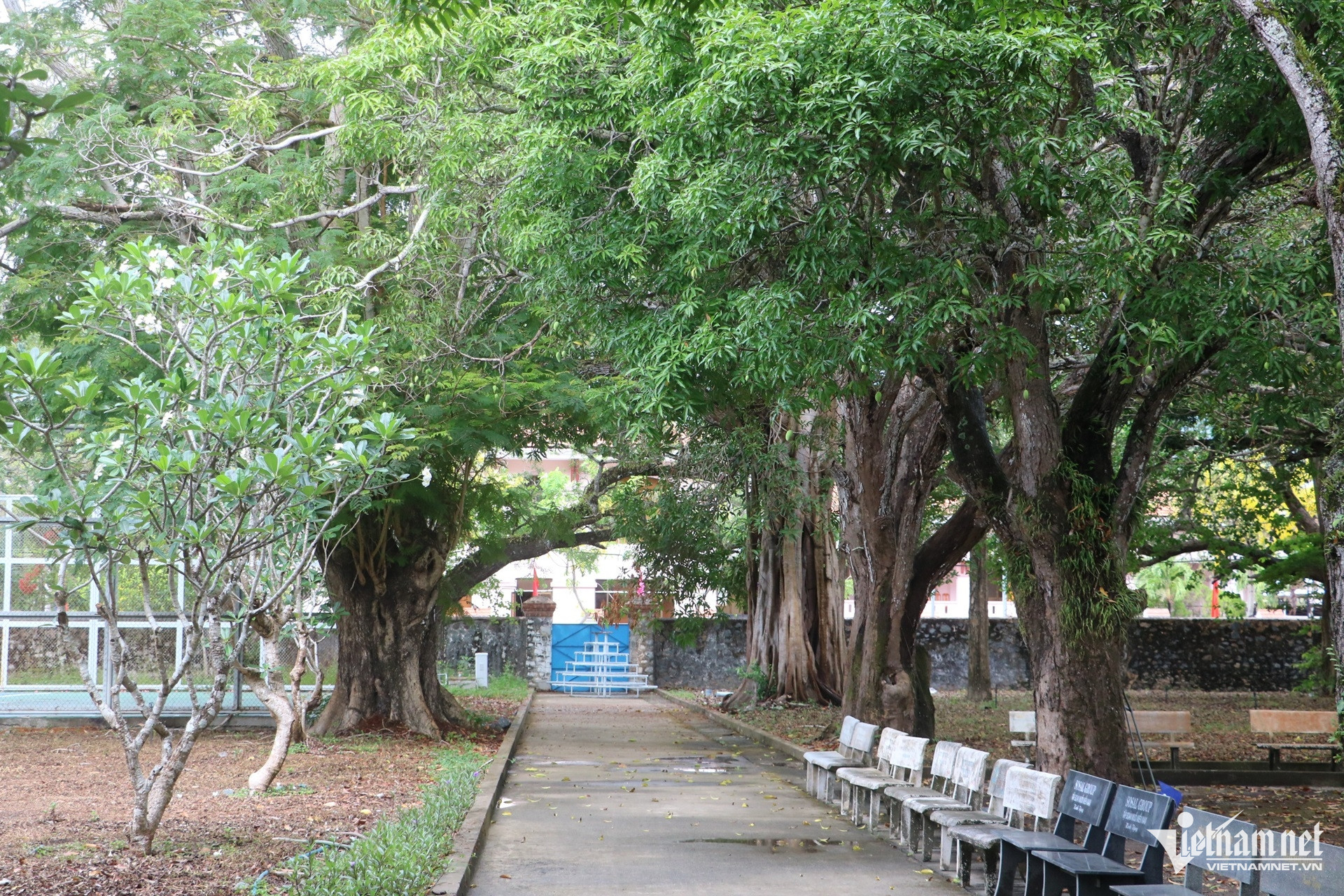
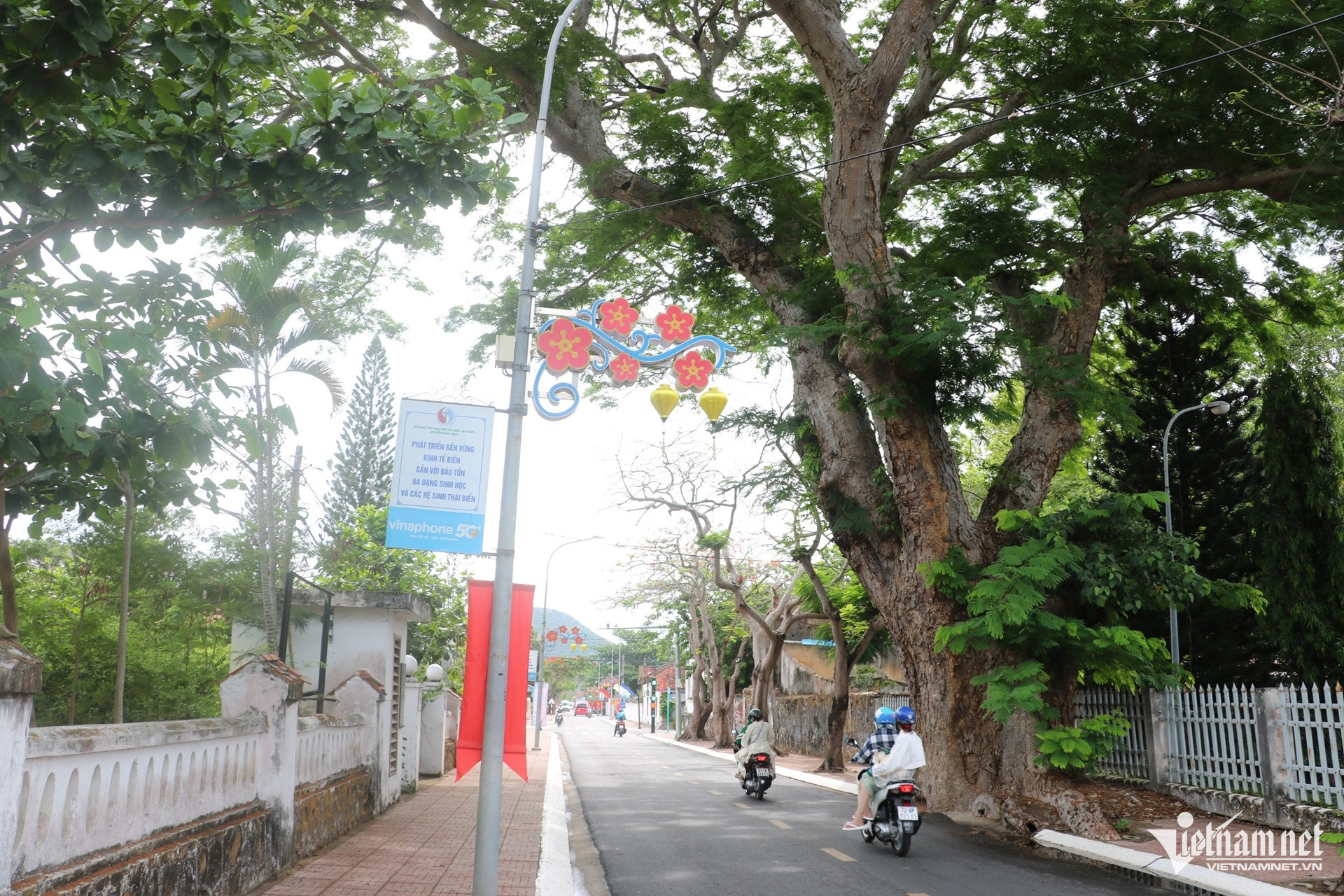
Quang Hung